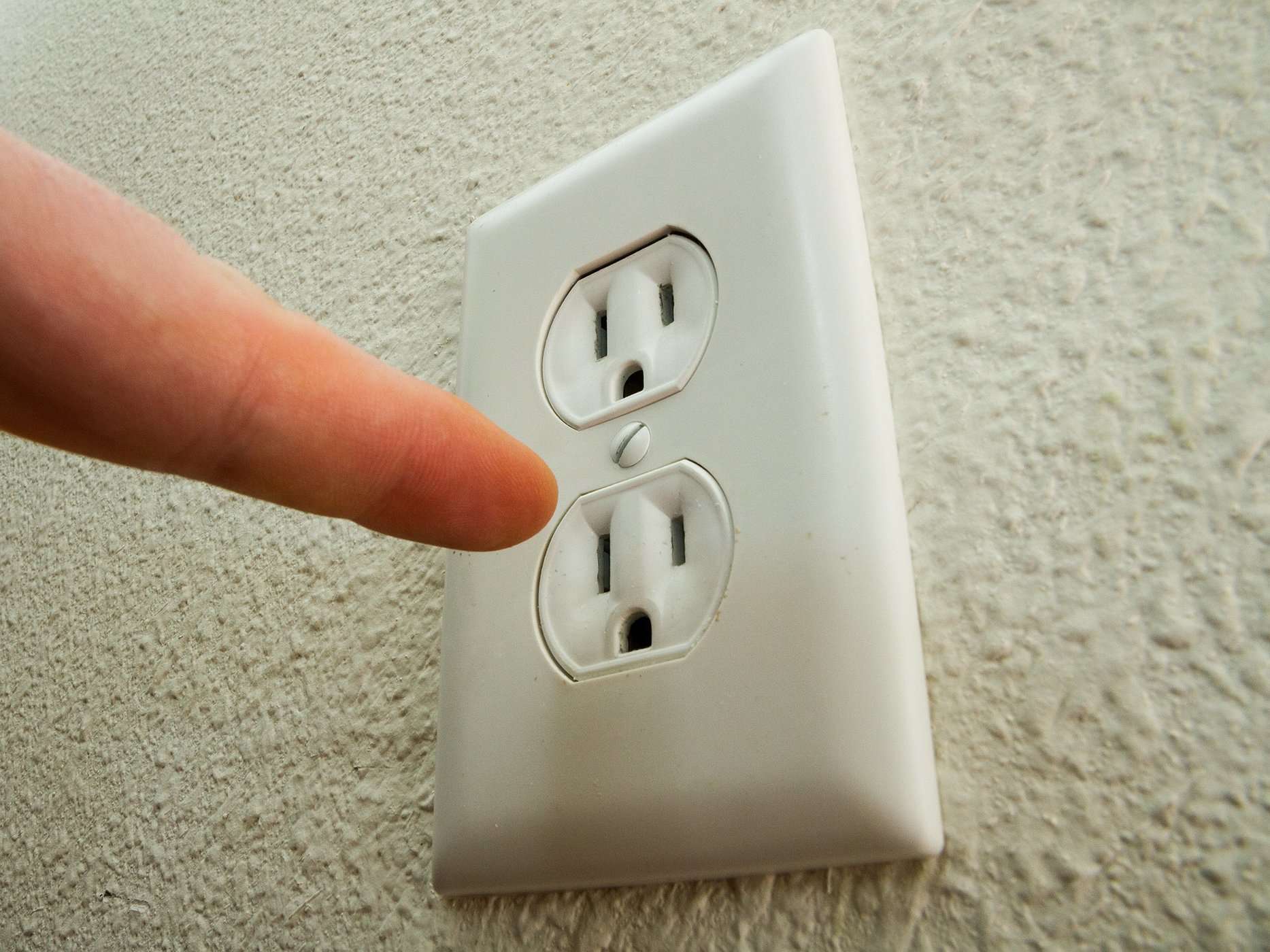Contents:
- Medical Video: How to Treat for Shock During First Aid
- What can cause electric shock (shock)?
- Why is electric shock dangerous?
- What are the signs and symptoms of electric shock?
- Risk of bodily organs caused by electric shock (shock)
- How do you handle electric shock?
- What can't be done to deal with electric shock?
Medical Video: How to Treat for Shock During First Aid
Electric shock is one of the emergency conditions that can be found in a hospital. About 1000 deaths from electric shock occur every year, where injuries from electric shock cause deaths of 3-5% or 3-5 deaths from every 100 incidents. This case generally occurs in the work environment in adults, and in the home environment in children.
What can cause electric shock (shock)?
Electric shock is extensive tissue damage caused by electric current. Some of the most common causes of electric shock are:
- Contact with electrical devices or cables that are not coated by a conductor.
- Electric shock from a high voltage power cable.
- Lightning strike.
- Contact with machines or tools in the work environment.
- In children it is often caused by children poking or touching an electrical source with other metal materials.
Why is electric shock dangerous?
Compared to other burns, electric shock is more dangerous because the wound seen on the surface often does not describe the true condition of the victim. The human body is a good conductor of electricity, which means that when humans are electrocuted, electricity can be delivered throughout the body so that the damage can be very extensive. Often the biggest damage occurs to nerve tissue, blood vessels, and muscles. This is caused by the resistance of these lower organs in accordance with Ohm's law.
What are the signs and symptoms of electric shock?
Signs and symptoms of electric shock vary, depending on which organs are passed and damaged by electric current. The severity of organ damage is influenced by various factors such as: how long the contact with electric current occurs, the type of electric current and how strong the electric current is, how the electricity is spread in the body, and how the health condition of the victim in general. An electric current of> 200,000 Amperes with> 30 × 106 Volt causes a high death rate even if the contact time is short.
Risk of bodily organs caused by electric shock (shock)
When you are electrocuted, depending on the severity, the following may occur in your body:
- Heart: decrease or increase in blood pressure, damage to the heart muscle, heart rhythm disorders, coronary infarction, chest pain, and cardiac arrest that can cause death.
- Nerves: headache, weakness, brain swelling, mental status disorders, insomnia, anxiety, convulsions, coma, and bone marrow disorders.
- Muscles: muscle death, compartment syndrome.
- Bone: joint dislocation and fracture.
- Skin: burns due to electric shock.
- Blood vessels: formation of blood clots in vessels, blood clotting disorders, rupture of blood vessels.
- Lungs: fluid buildup in the lungs, airway trauma, lung muscle injury and stop breathing.
- Kidneys: electrolyte disturbances, body pH disorders, acute kidney failure.
- Vision: inflammation and bleeding in the eyeball, corneal burns, cataracts.
- Hearing: inflammation of the mastoid bone, torn eardrum, ringing hearing, loss of hearing.
- Pregnancy: death in the fetus, spontaneous abortion.
How do you handle electric shock?
Here is what you have to do when facing a situation where someone is electrocuted.
- Turn off the power source or unplug the cable that causes sting, if it is safe.
- If the electric current cannot be stopped, push the victim with a device that does not conduct electricity, such as a broom, chair, or wooden stick. Use footwear or stand on materials that do not conduct electricity such as rubber mattresses or piles of newspapers.
- Contact the nearest health clinic.
- After the patient is safe, check the patient's breathing and heart rate. If you find stopping breathing or heart, do first aid according to ability.
- Stay with the patient until health assistance arrives.
What can't be done to deal with electric shock?
You may be well-meaning and want to help, but also pay attention to the following so that the relief effort will not even be fatal not only for the victim, but also for those of you who help him.
- Avoid positioning too close to the victim if stung by a high-voltage power cord.
- Do not pull or push the victim with bare hands, wet towels, or metal if the victim is still in contact with electric current.
- Do not move the victim after the current is turned off, unless there is a risk of fire or explosion. Electric shock can cause complications in the form of nerve damage or fractures, so changing the position of the victim can worsen existing complications.
READ ALSO:
- First Aid When Bitten by a Venomous Snake
- First Aid When Broken Bones
- First Aid in Stroke












